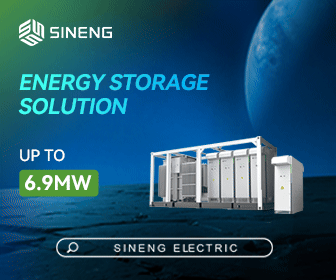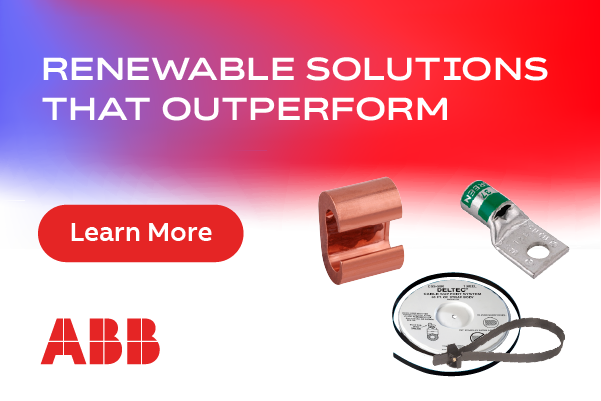IDTechEx Research Announces a New Report on Supercapacitor Materials
The unique report Supercapacitor Materials 2017-2027 is a drill down from the IDTechEx overview, Supercapacitor Technologies and Markets 2016-2026. It is packed with detailed analysis, many new infograms, conference slides, roadmaps and a ten year forecasts 2017-2027. It is based on global research by PhD level multi-lingual analysts mainly in 2016-7 with frequent updates. The lead author has followed the subject for 20 years and is a globally acknowledged authority on the subject. Indeed, he published the book "Dielectrics" in 1973.
In a balanced appraisal, Supercapacitor Materials 2017-2027 accepts that supercapacitors are only a few percent of the booming lithium-ion battery market but they have had under one percent of the investment. Despite that, in many of the last 20 years they have improved their power density and energy density faster than lithium-ion batteries have done thanks to better hierarchical active electrodes and sometimes exohedral ones plus new electrolytes and so on.
Supercapacitor Materials 2017-2027, explains how, out of the spotlight, very important advances are occurring even beyond market leader Maxwell's superlative opening up of new applications with tailored products.
Recognising the distaste of the Japanese motor industry for highly toxic electrolytes, Nippon Chemical in Japan jumped from nowhere to number two in supercapacitors in the world by making supercapacitors for cars that had benign electrolytes. Supercapacitor Materials 2017-2027 expresses the view that, partly because its supercapacitor suppliers have become more capable, China has recently reversed its policy on traditional hybrid vehicles, declaring that in 2030, 30% of cars made would be hybrids that do not plug in - candidates for supercapacitors. With GM now adopting them, supercapacitors are rapidly taking market share of stop-start systems for conventional vehicles.
Supercapacitor Materials 2017-2027 finds that electrolytes with totally new chemistry are pairing well with new exohedral active electrodes. Hybrid capacitors are benefitting from totally new electrolyte-electrode pairings in the laboratory at least. Are the old rules of extremely hydrophobic assembly following complex high temperature processes really necessary for best performance? Everything is being questioned now.
IDTechEx | www.ideechex.com









